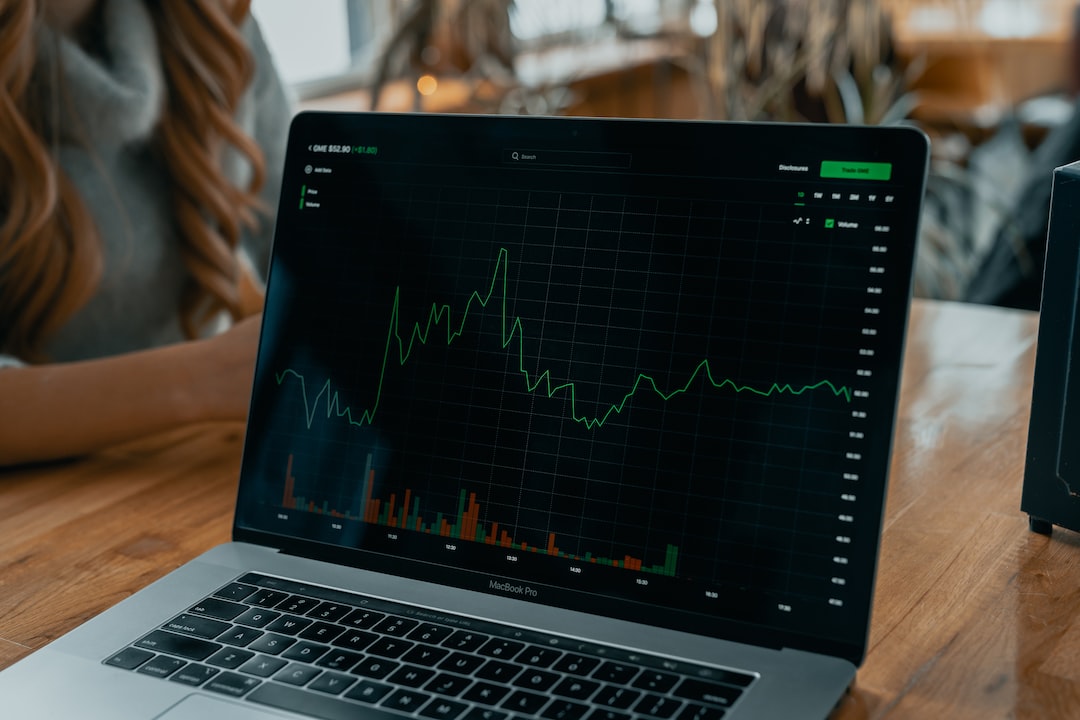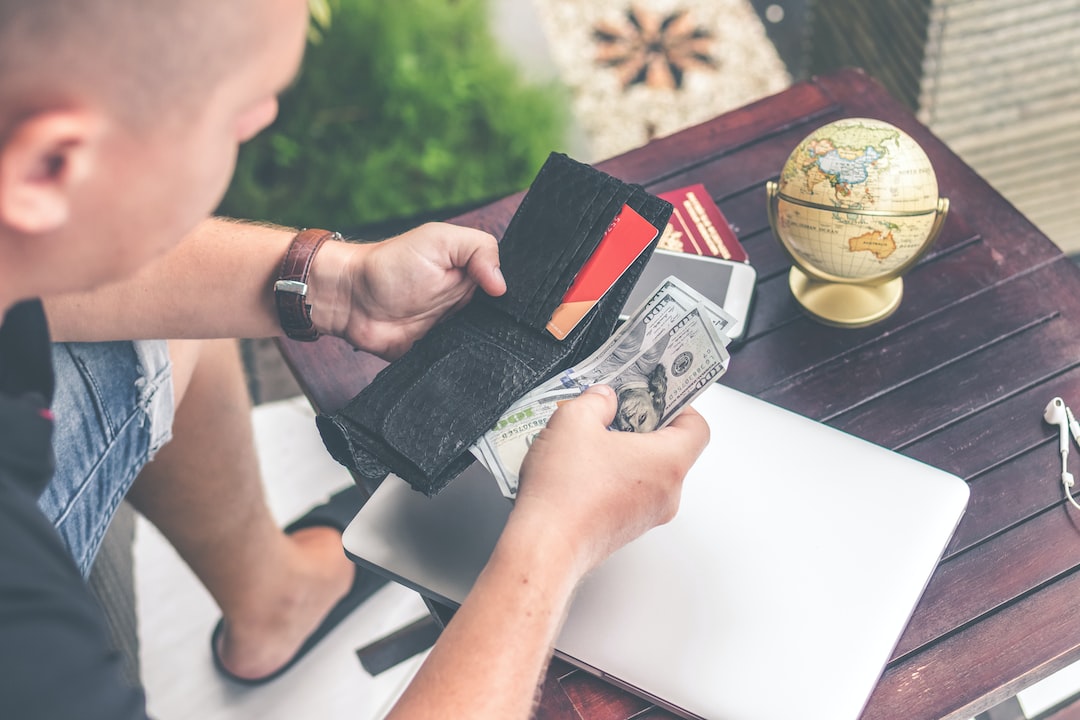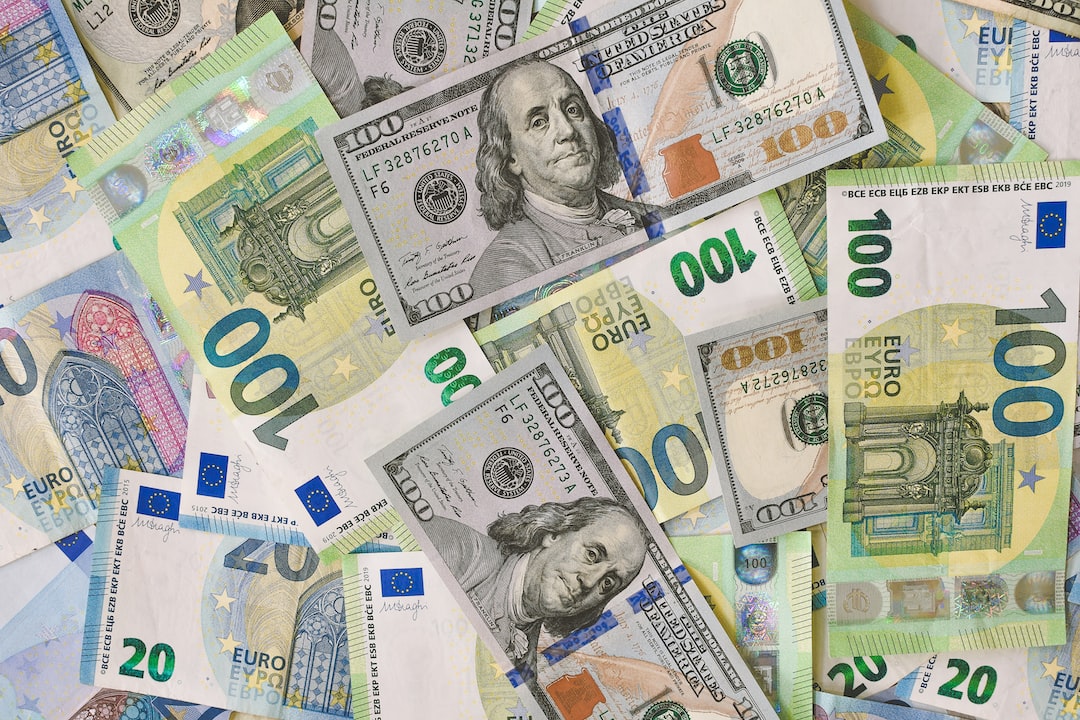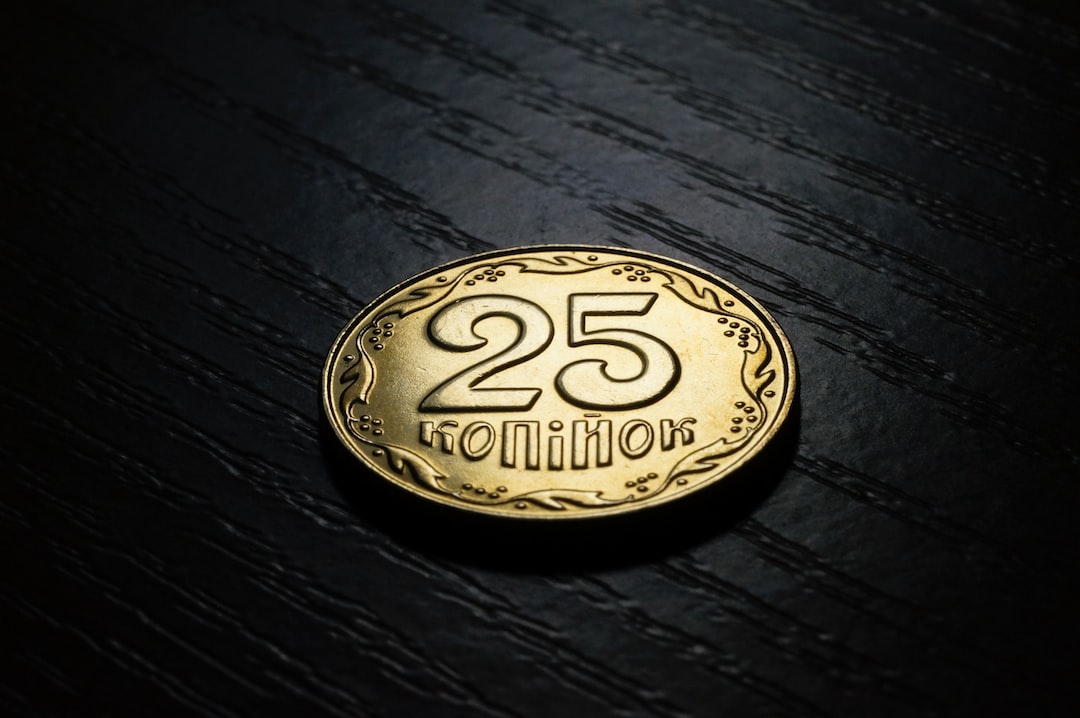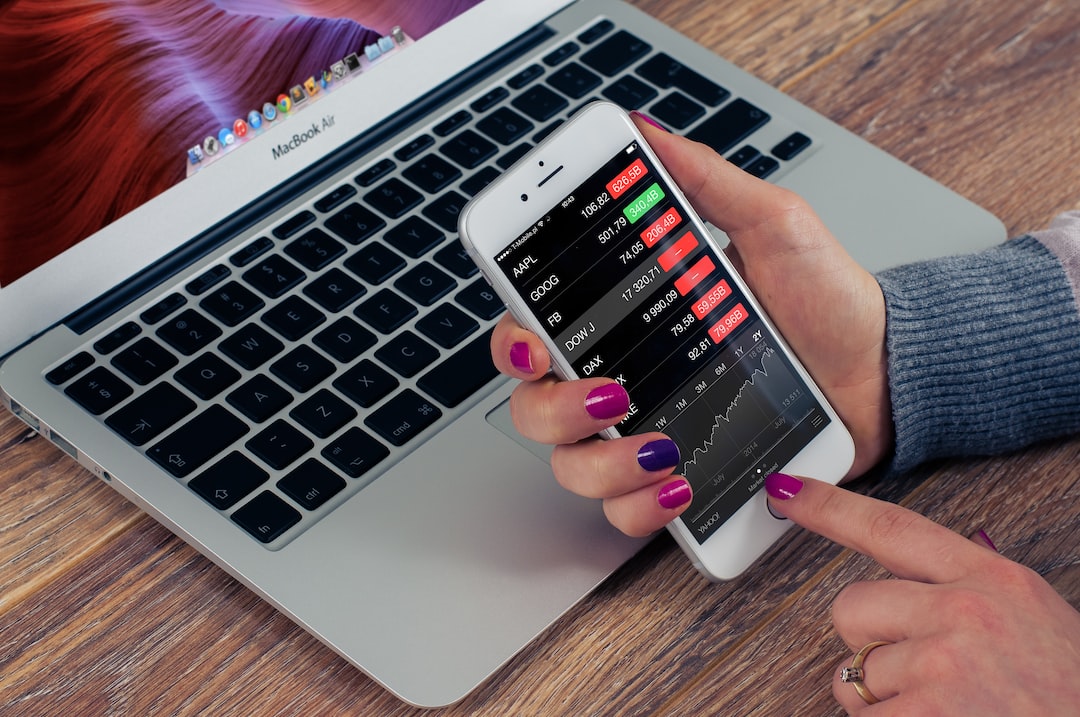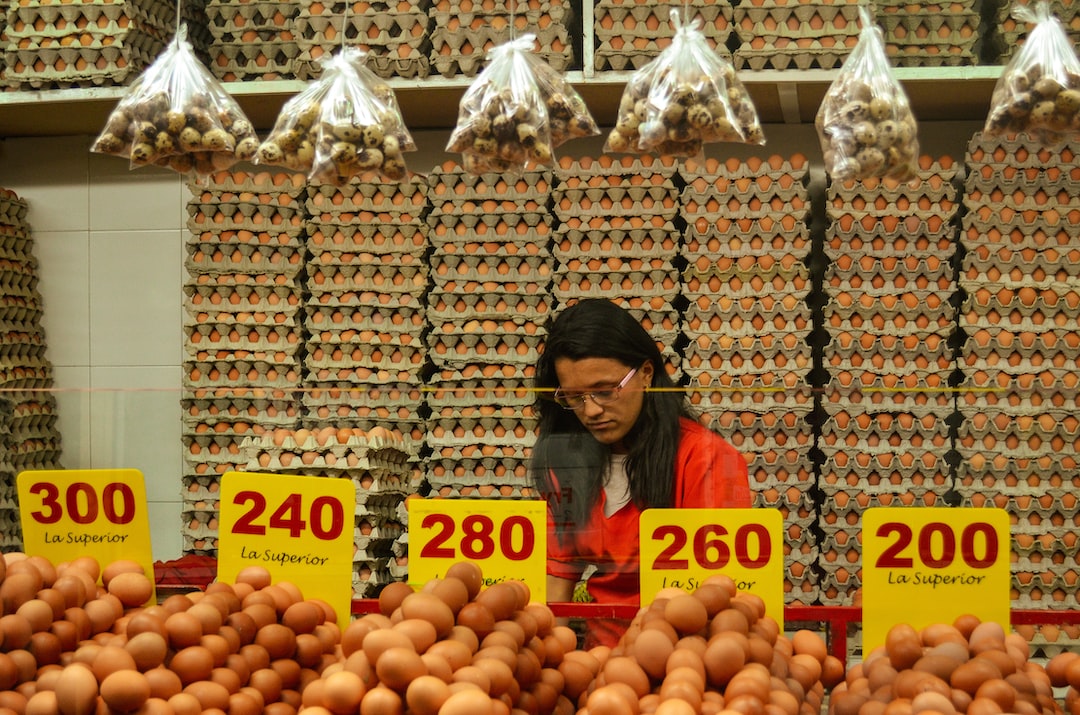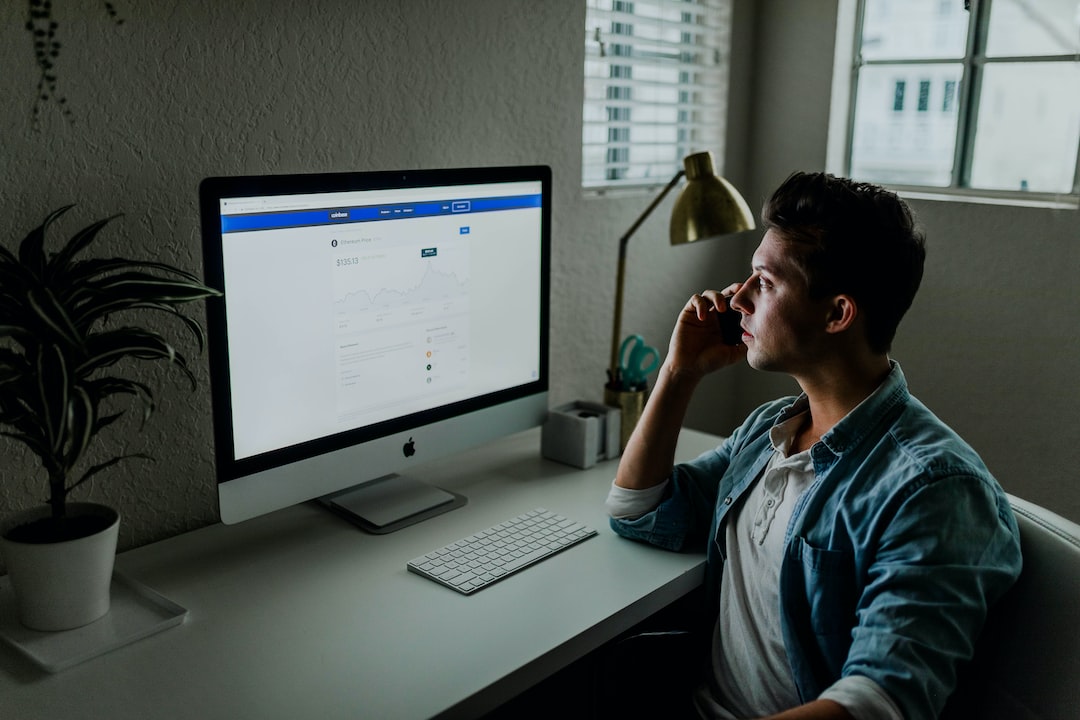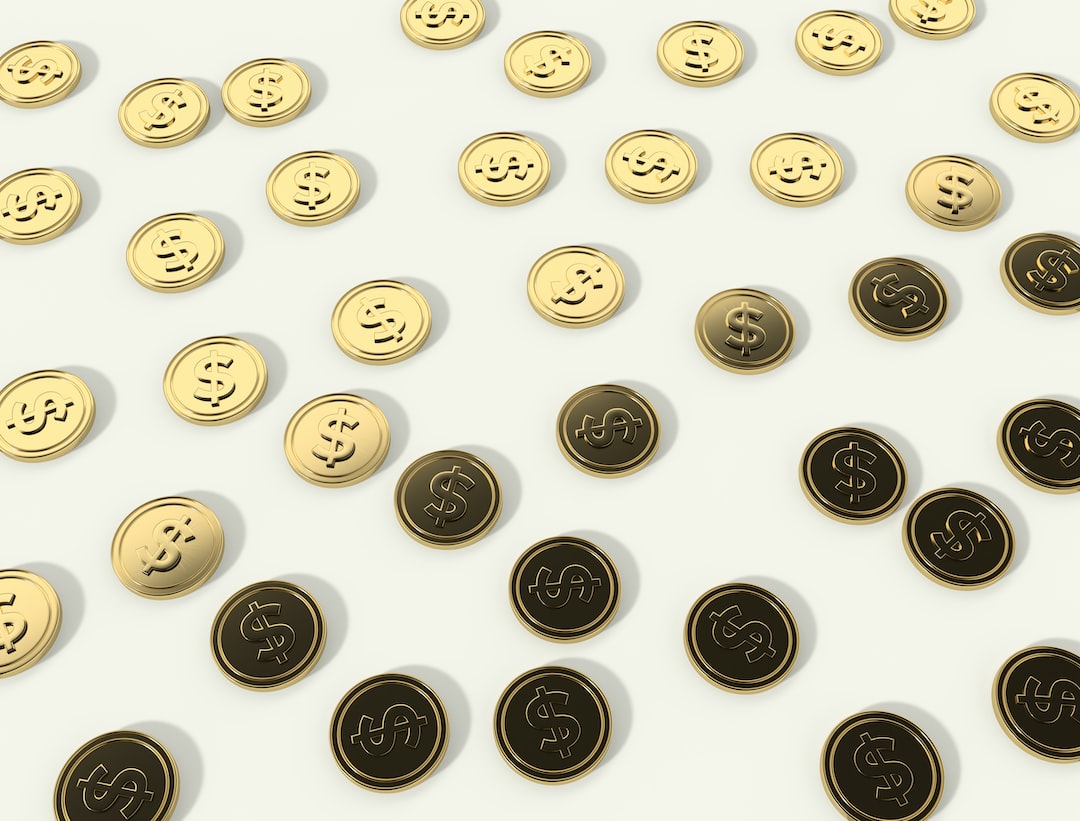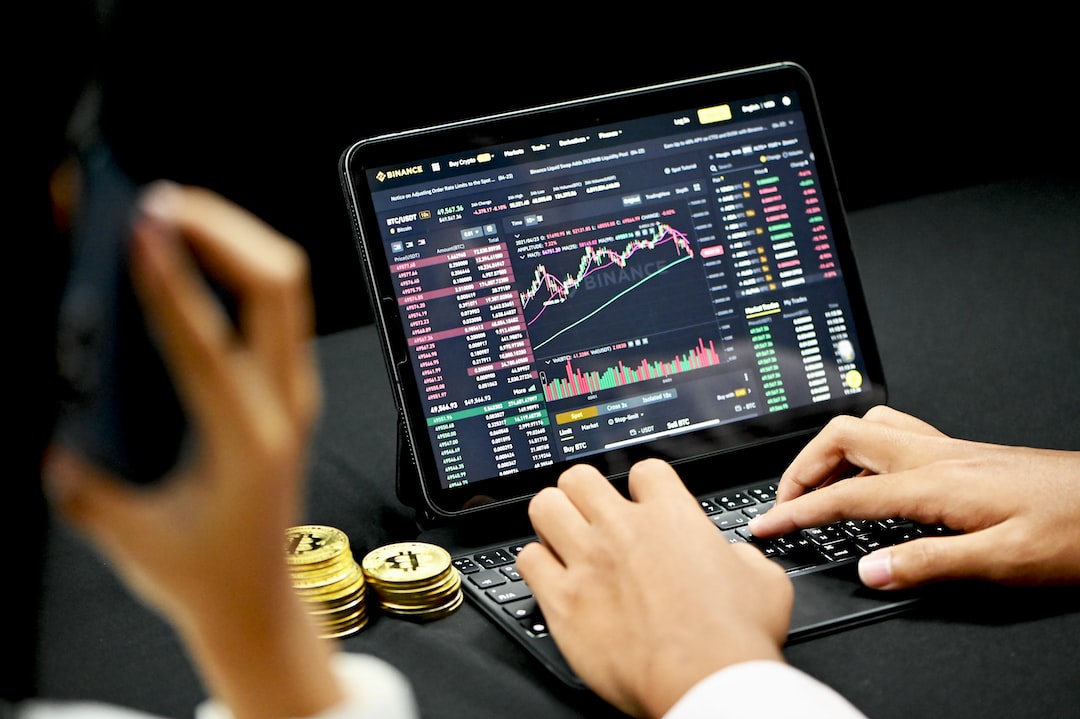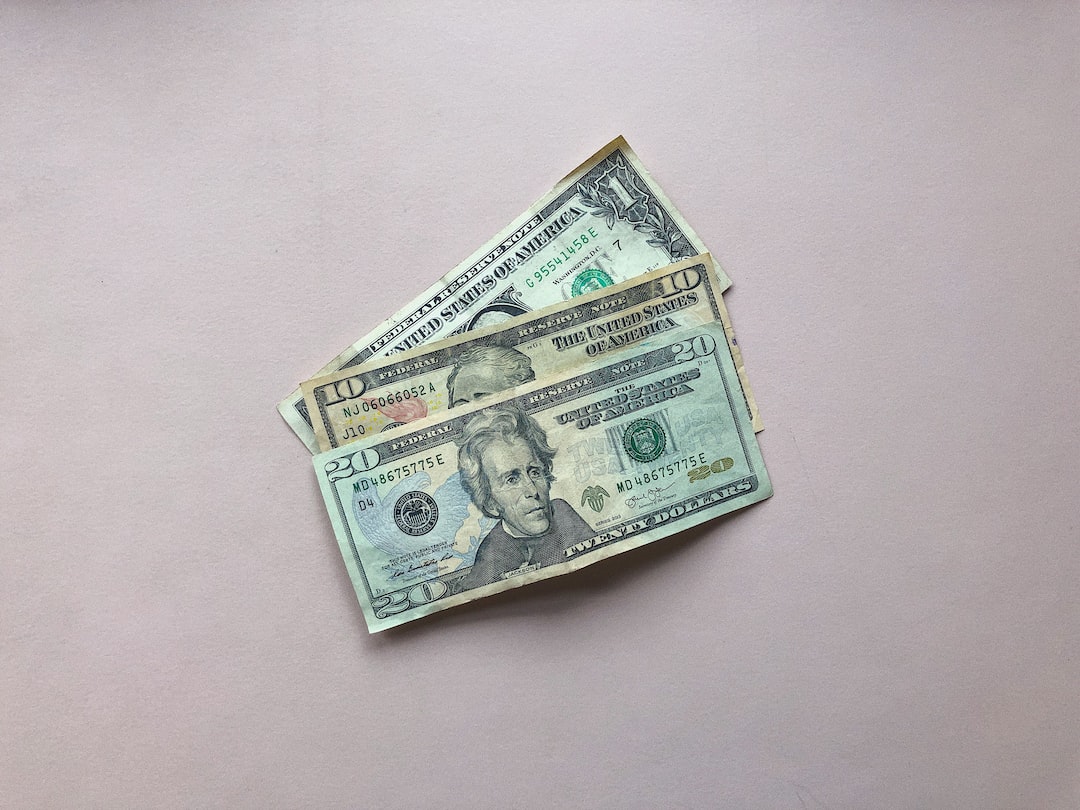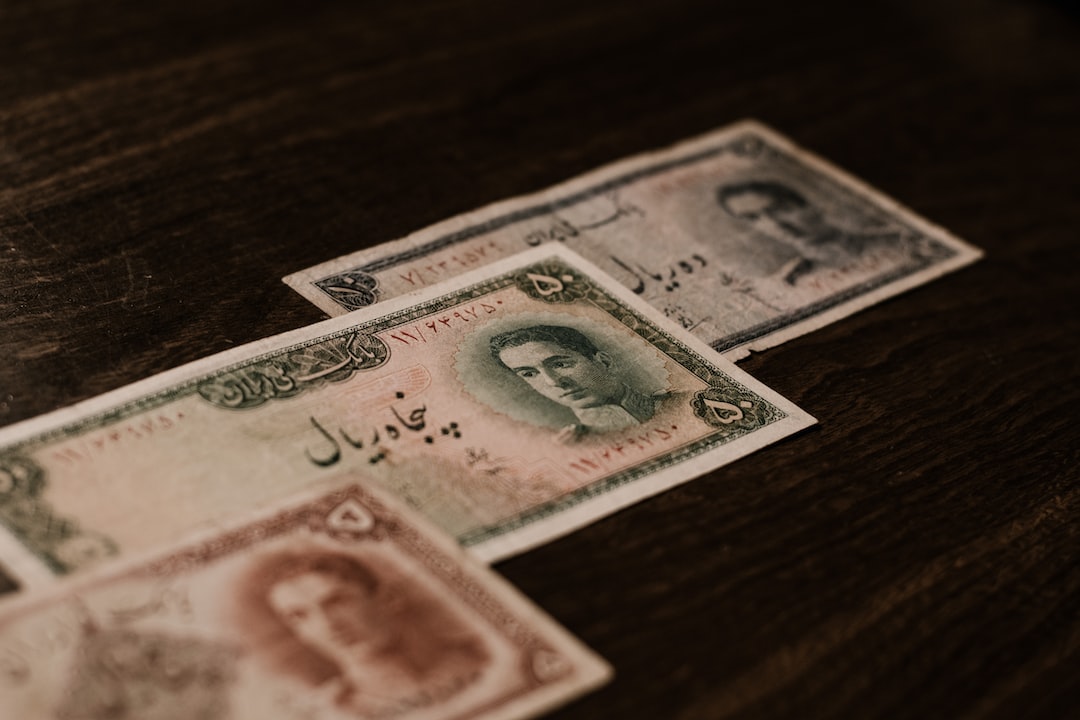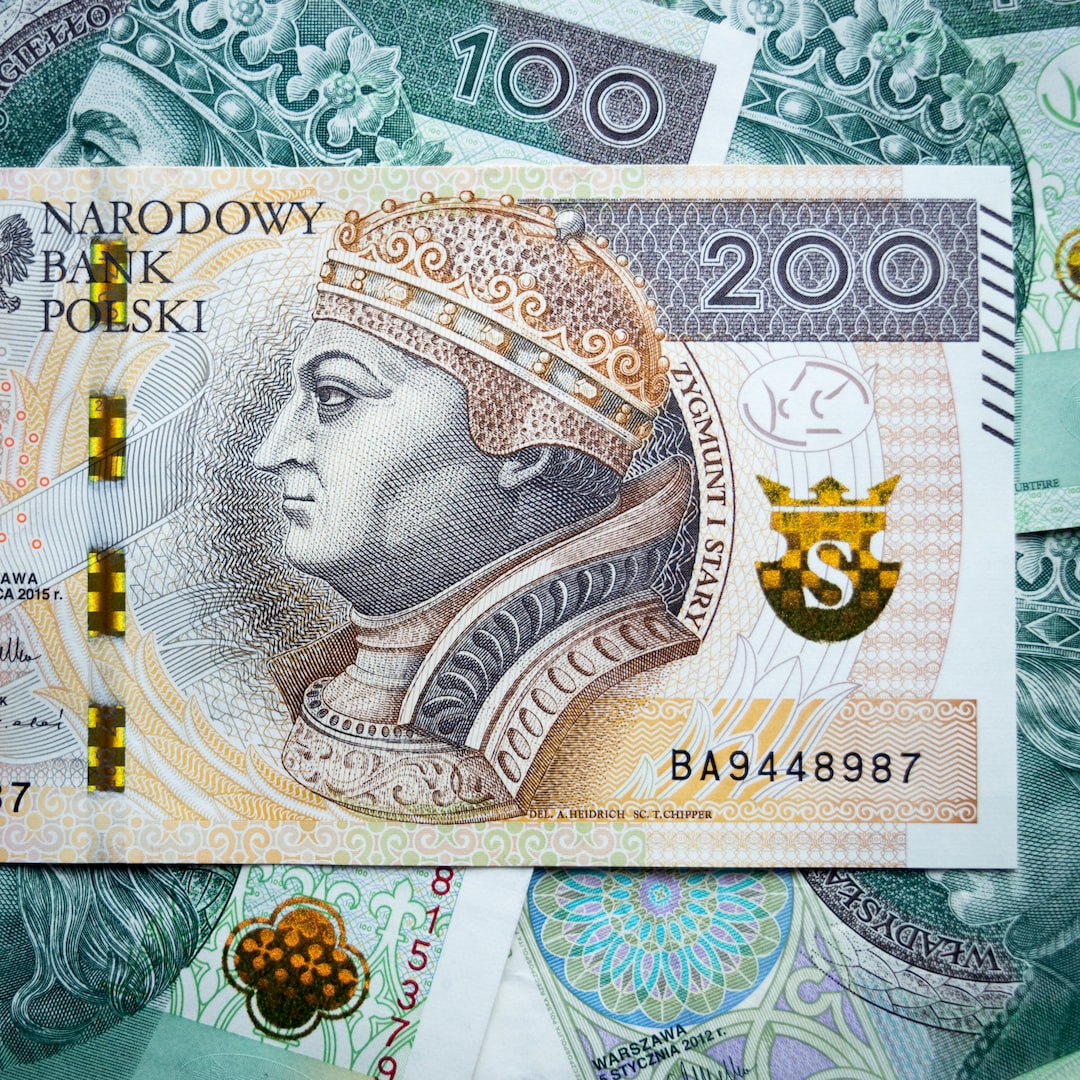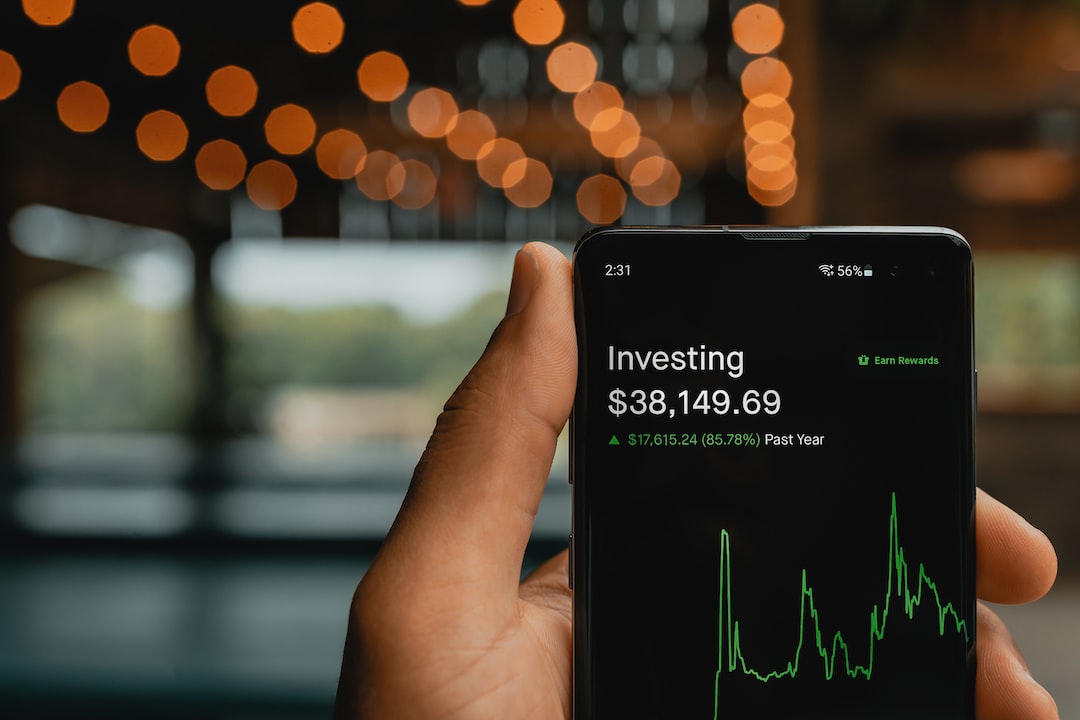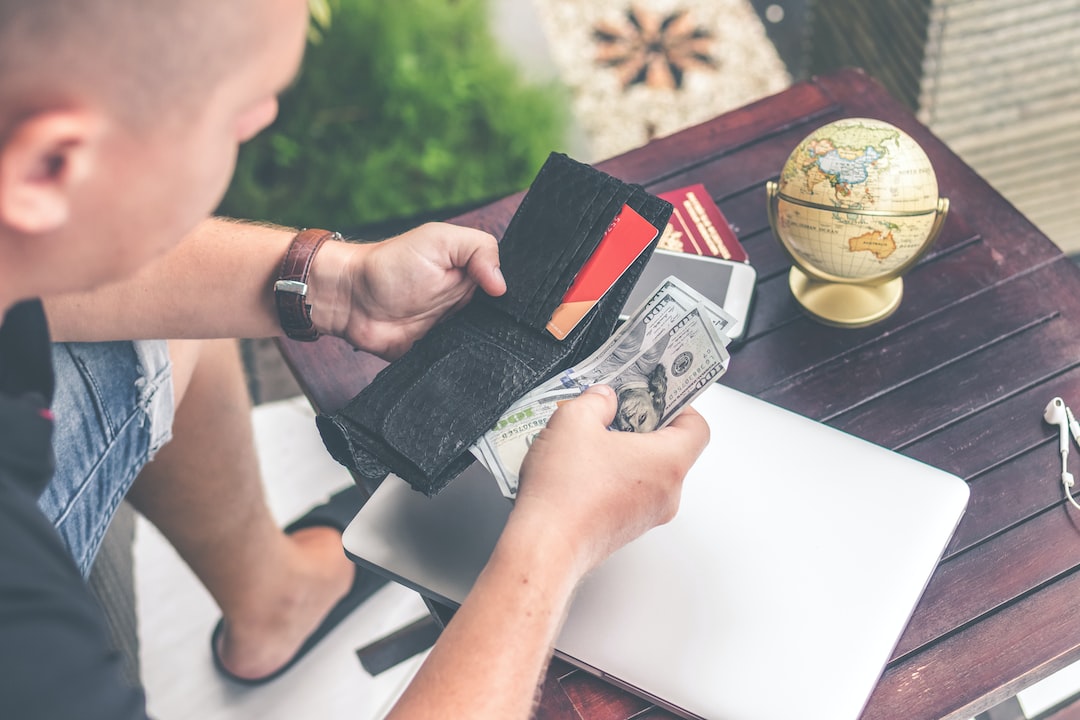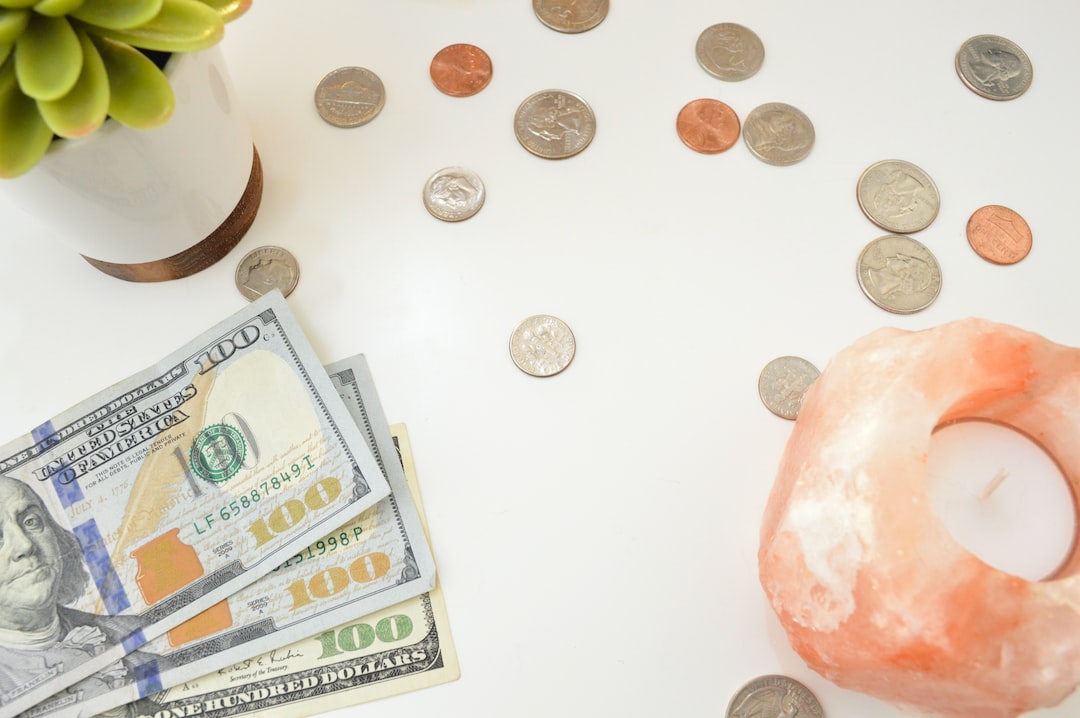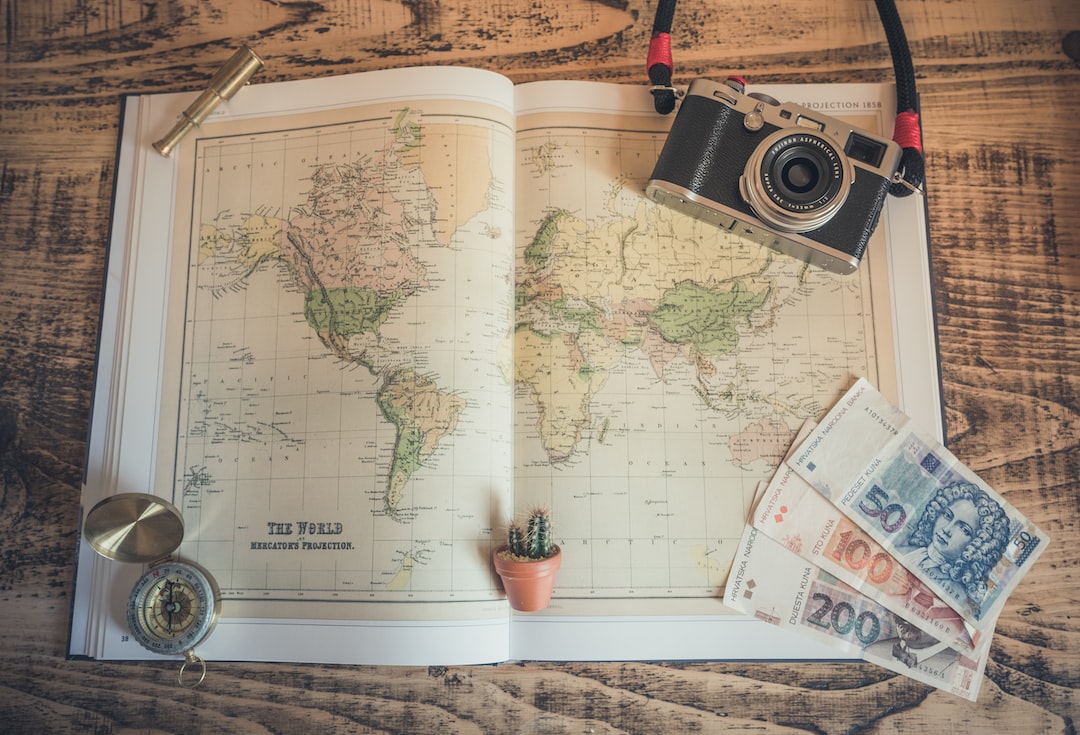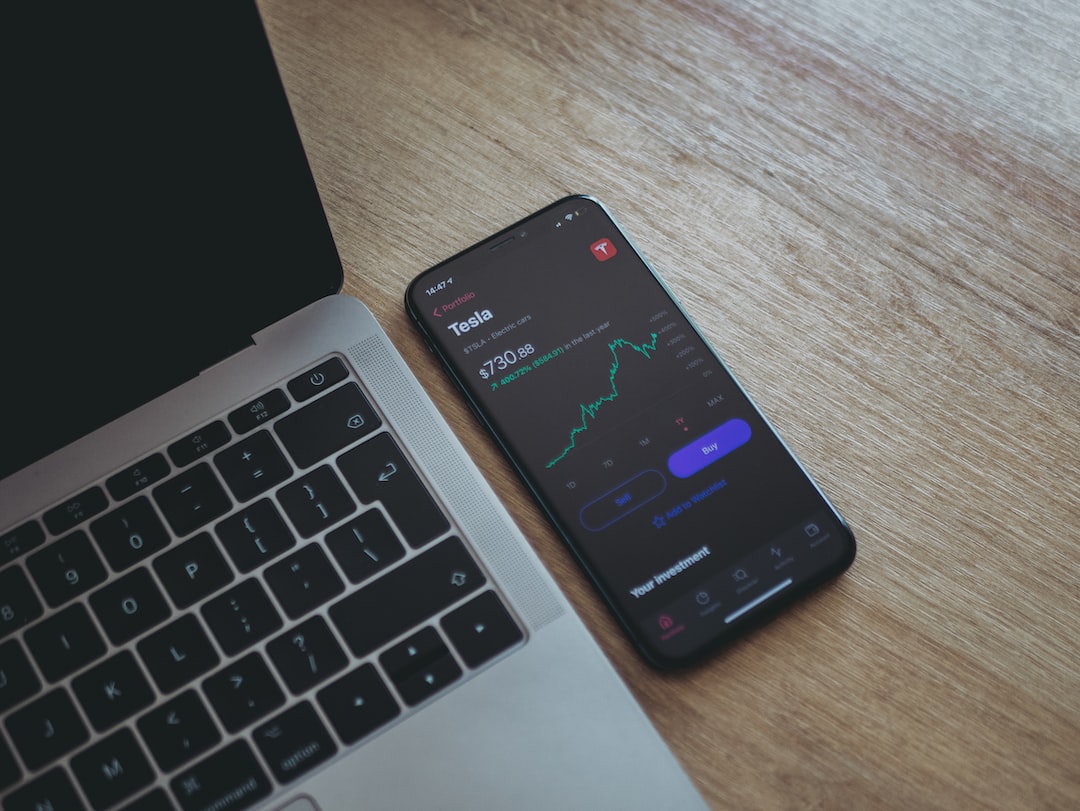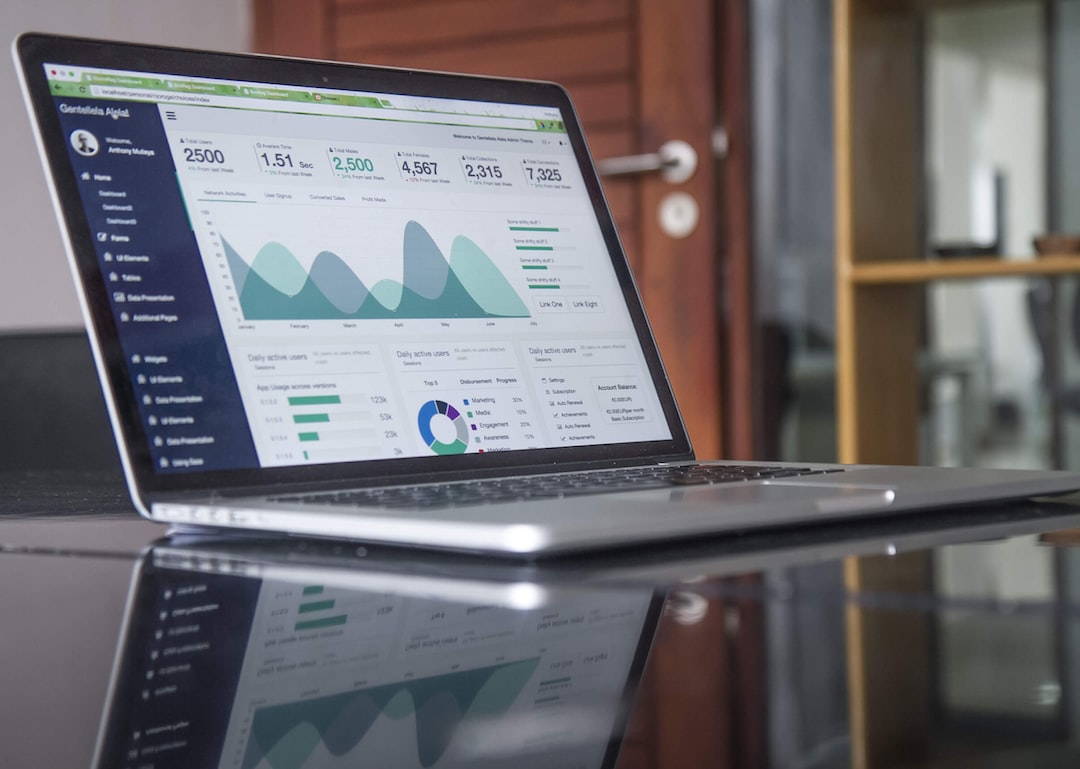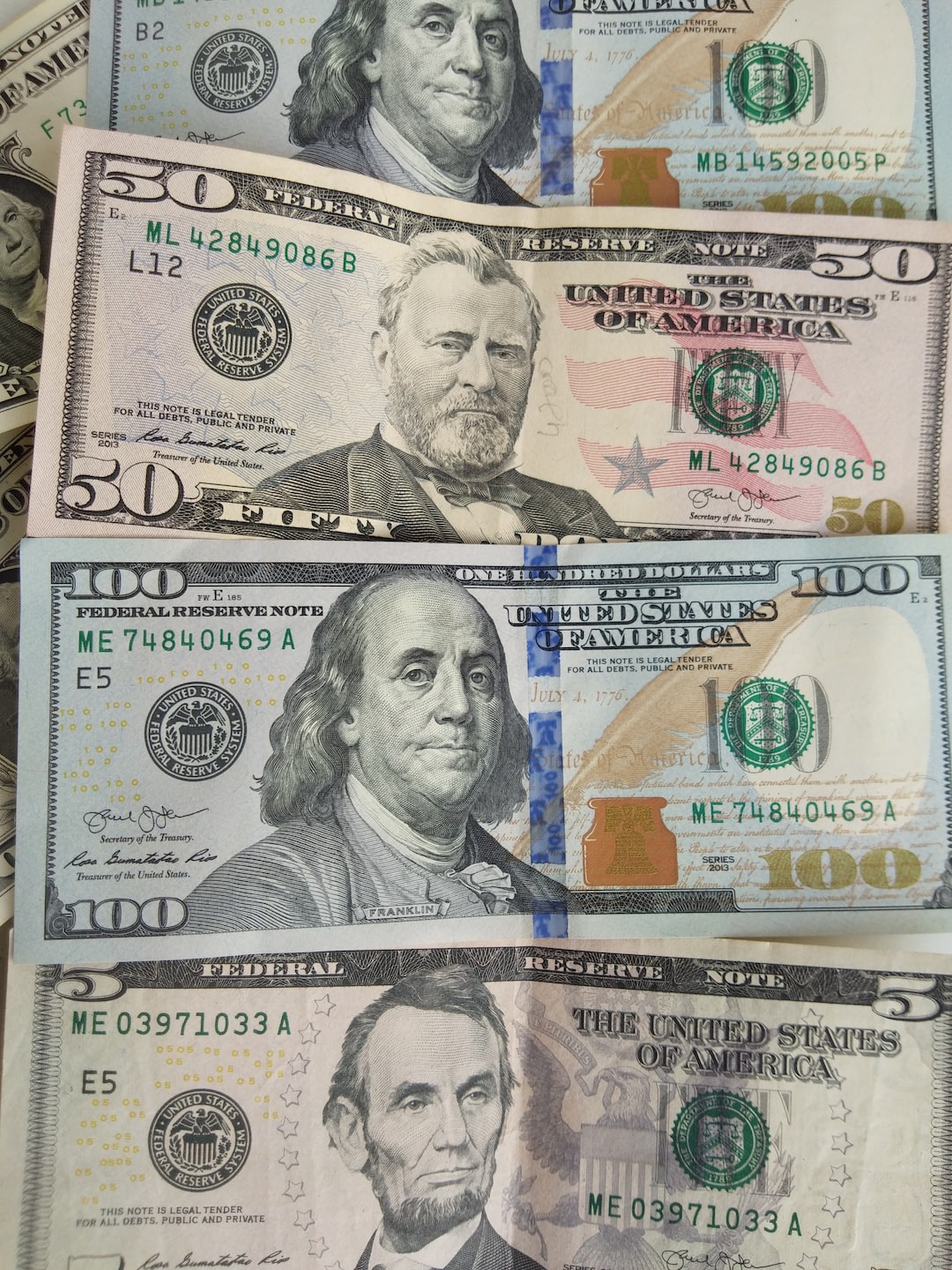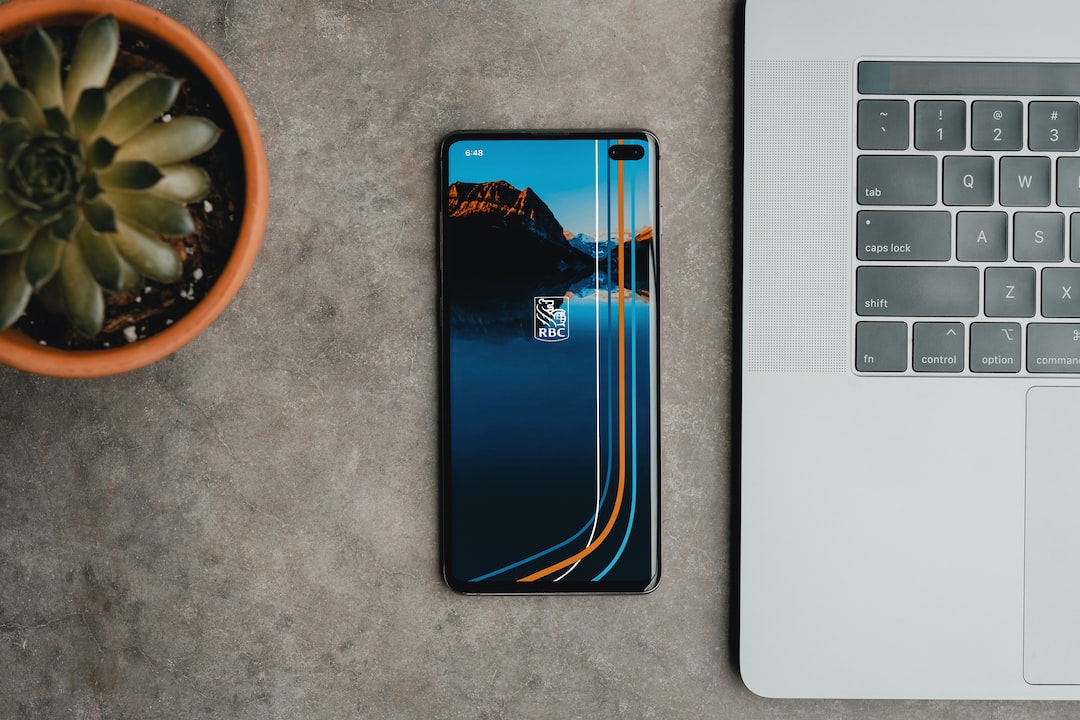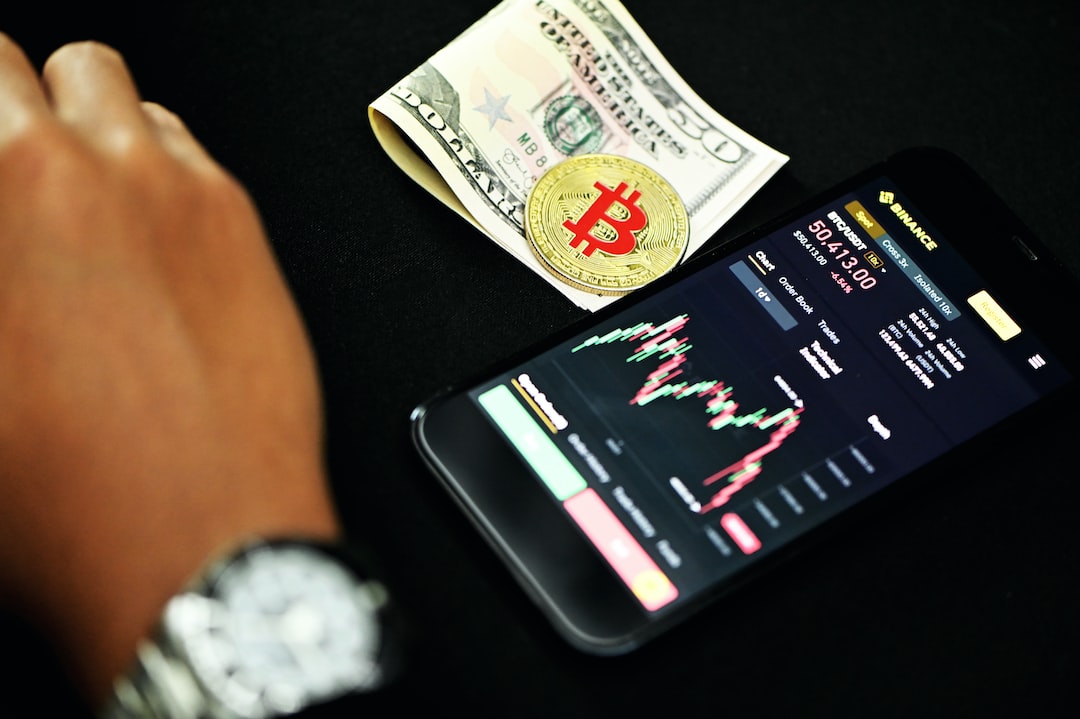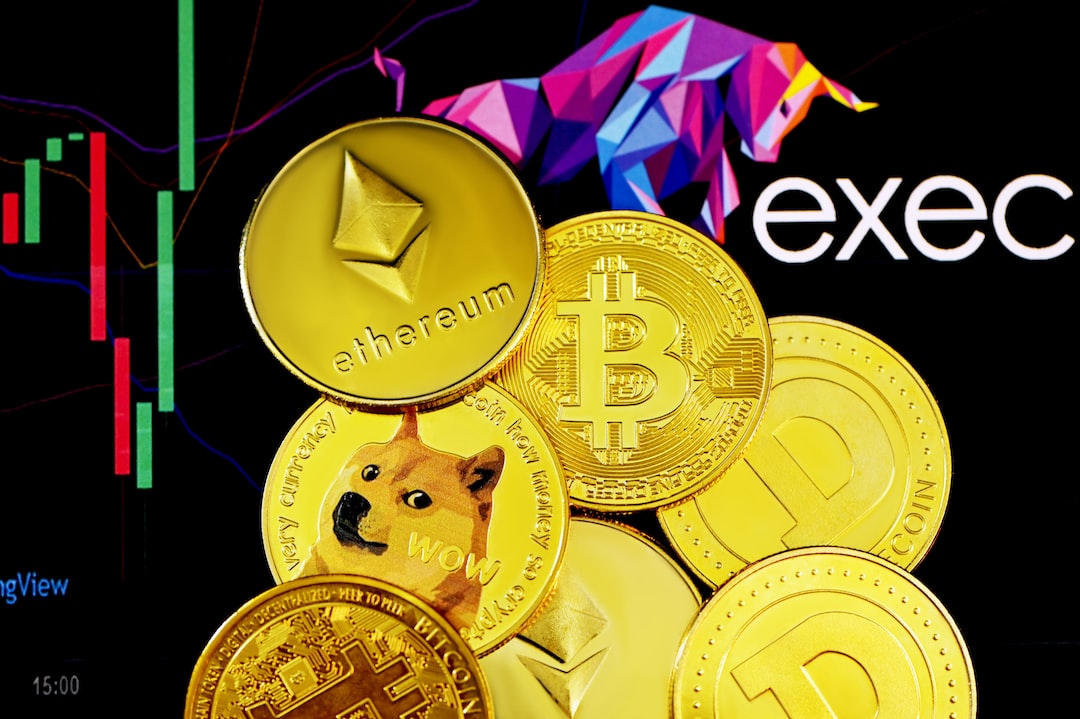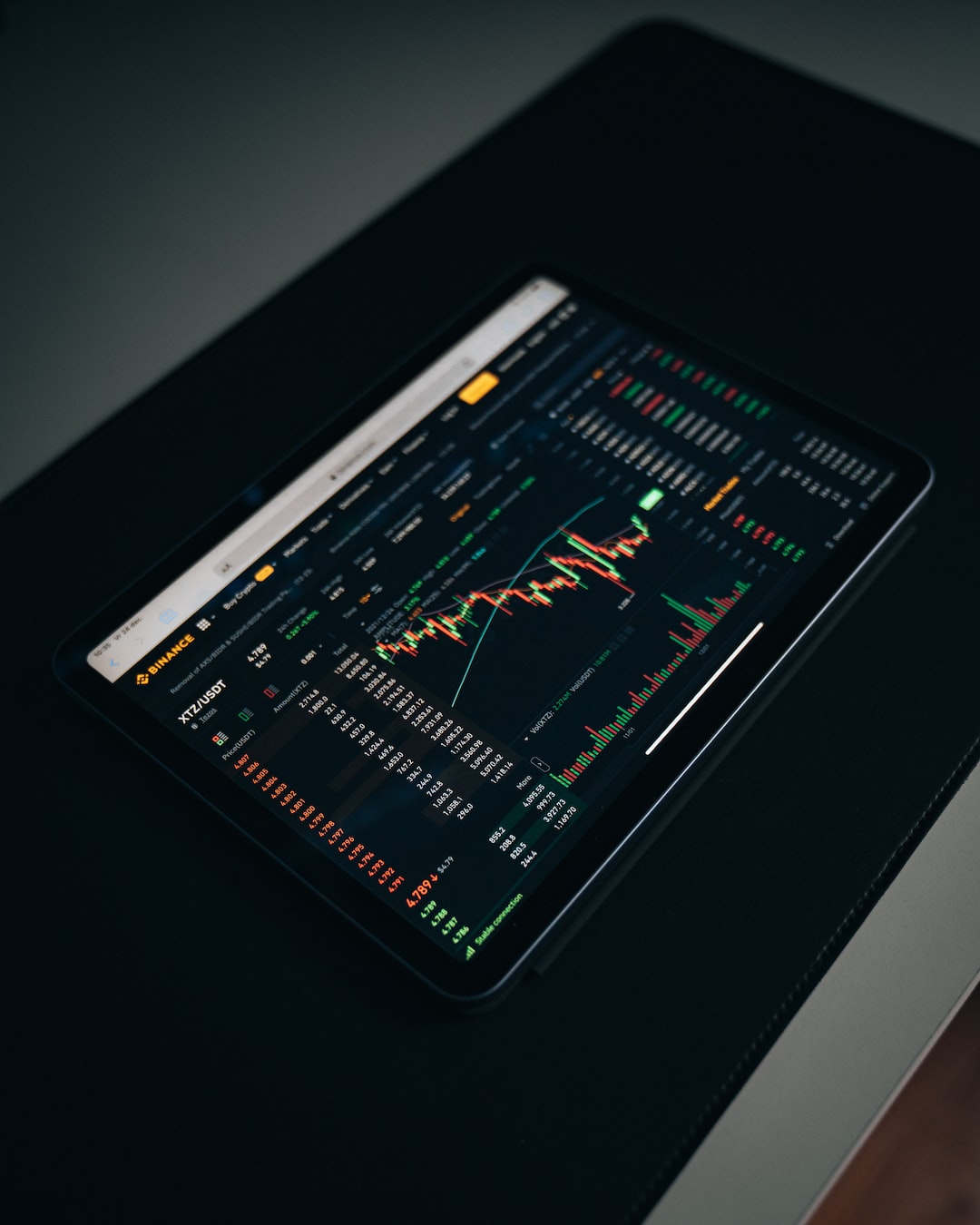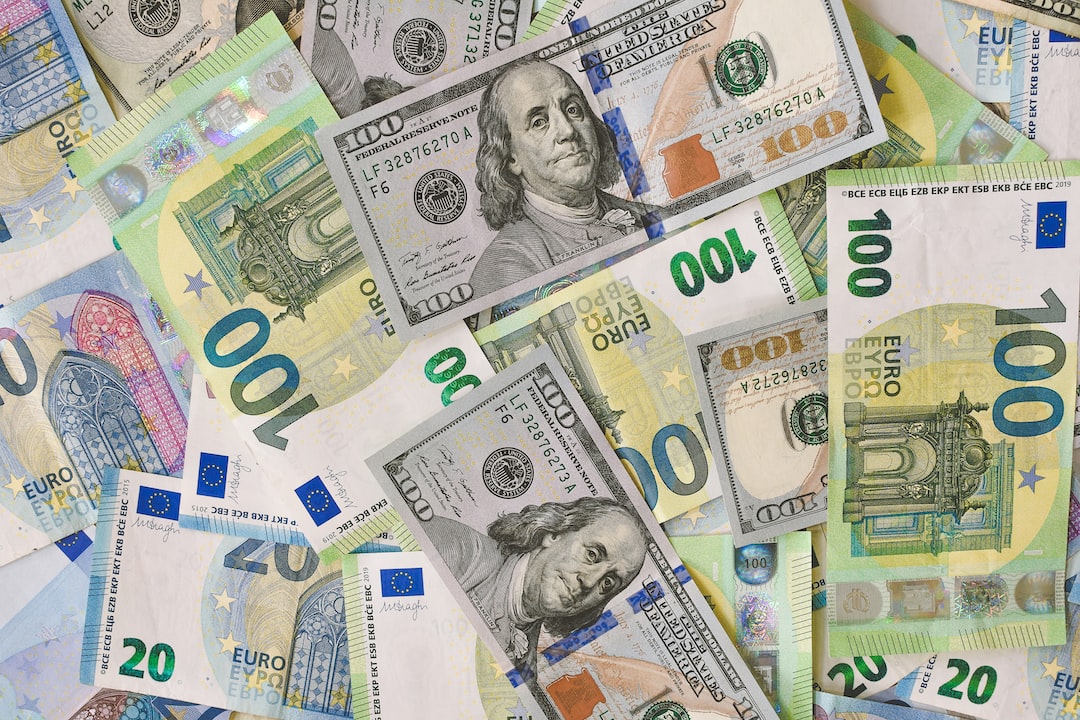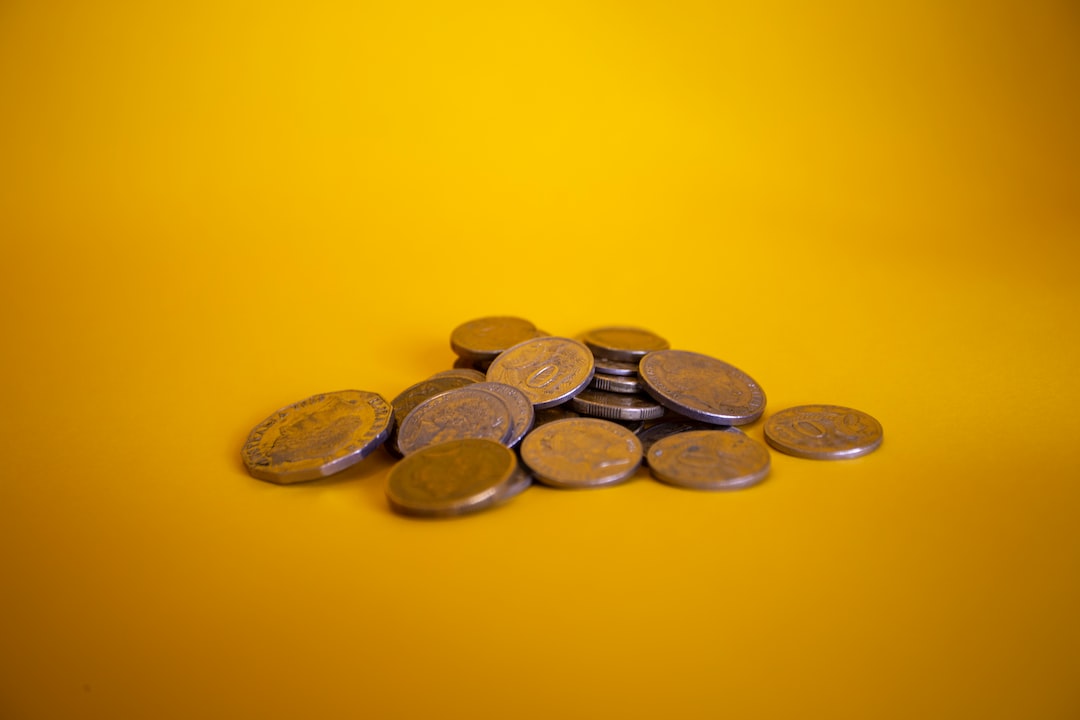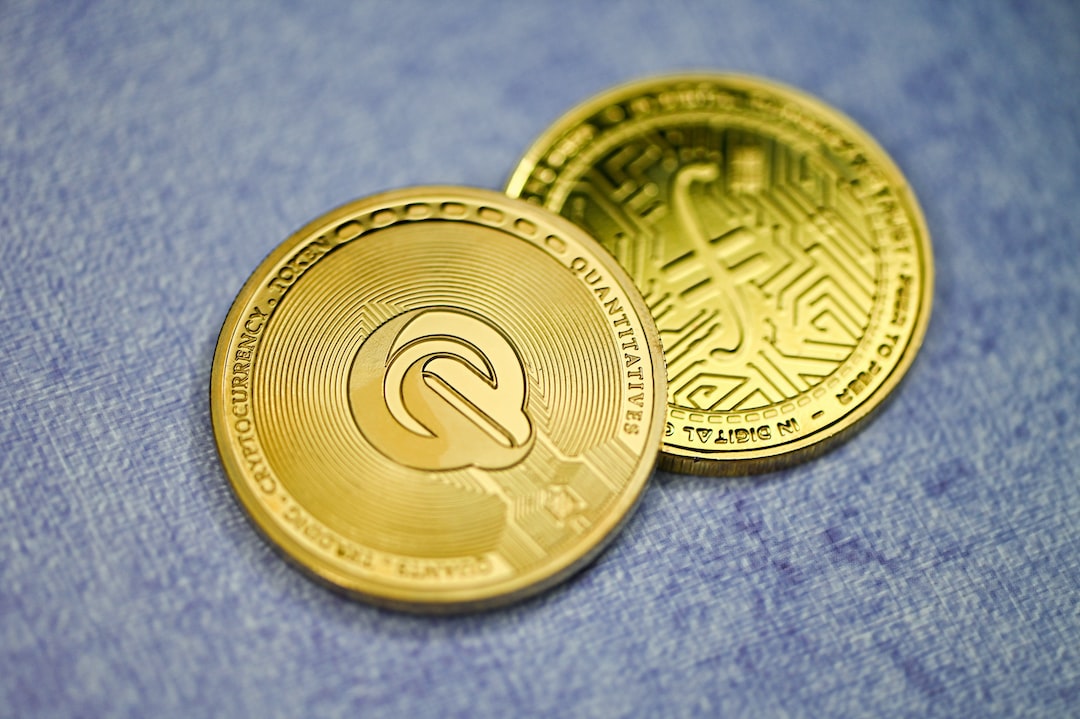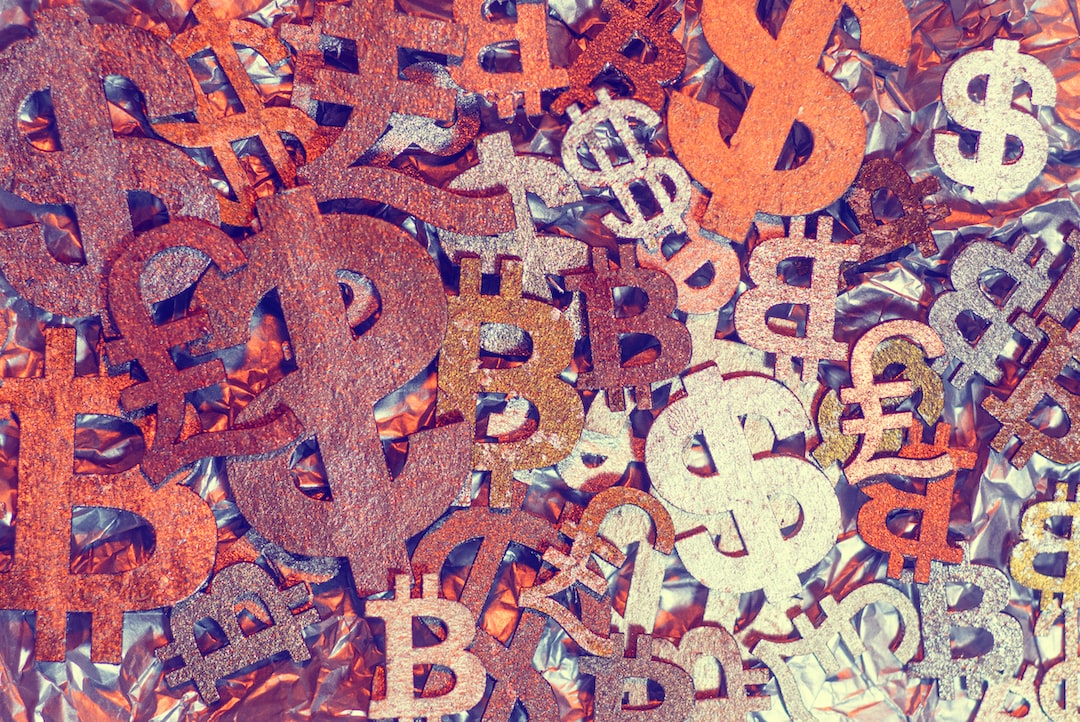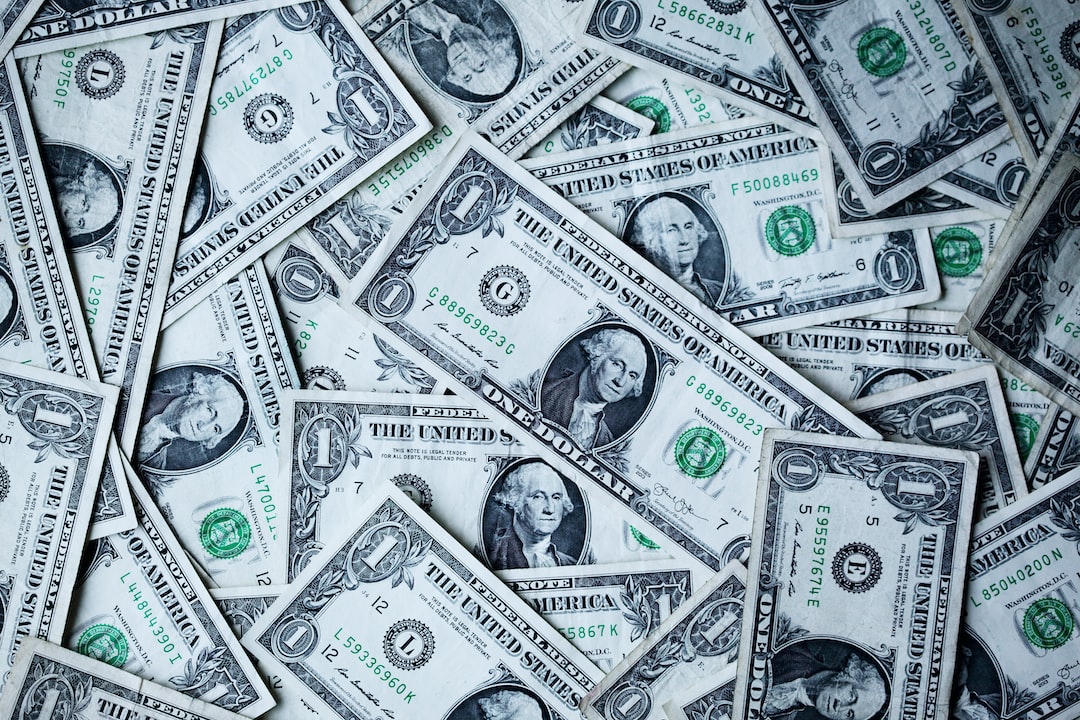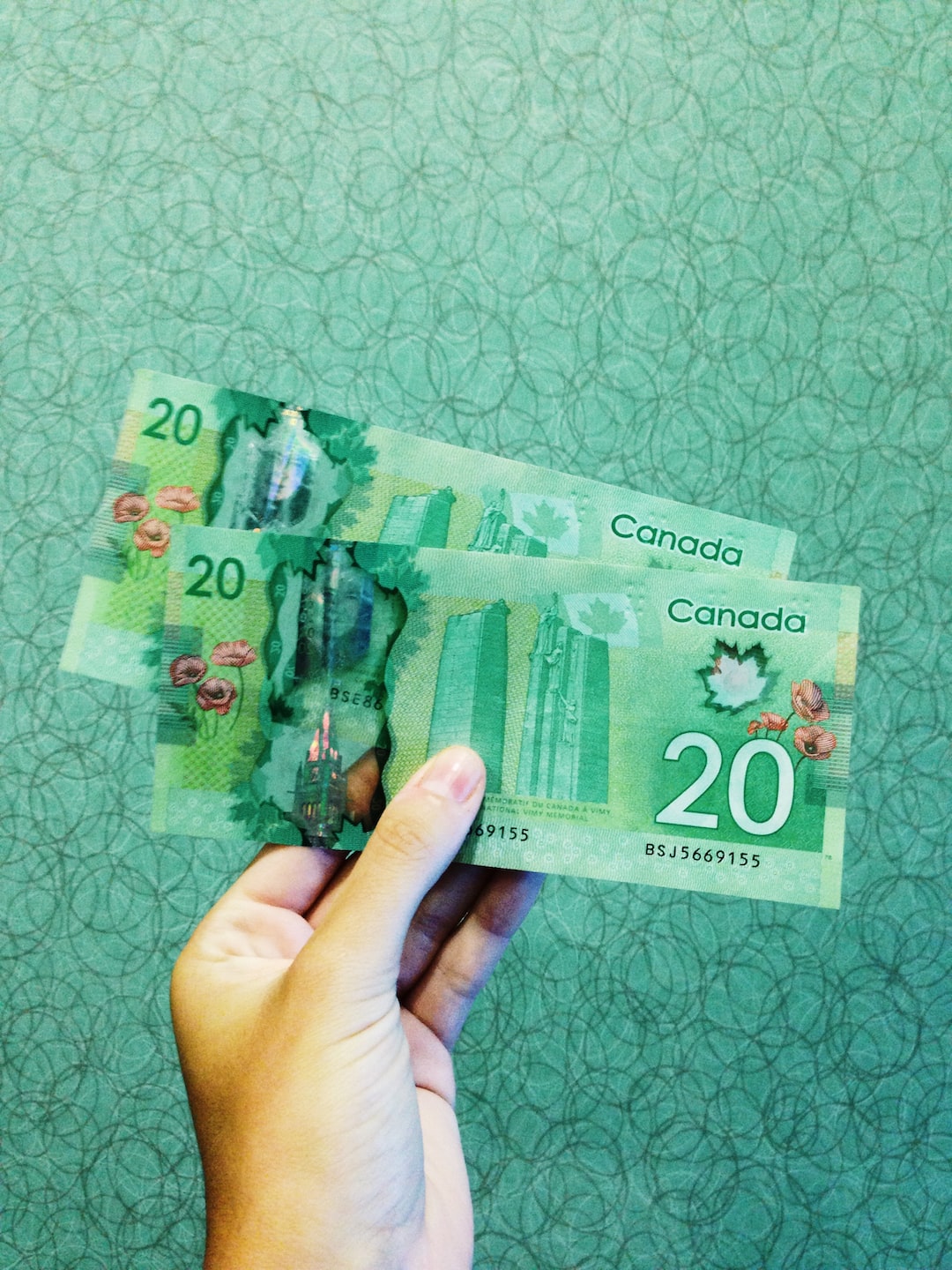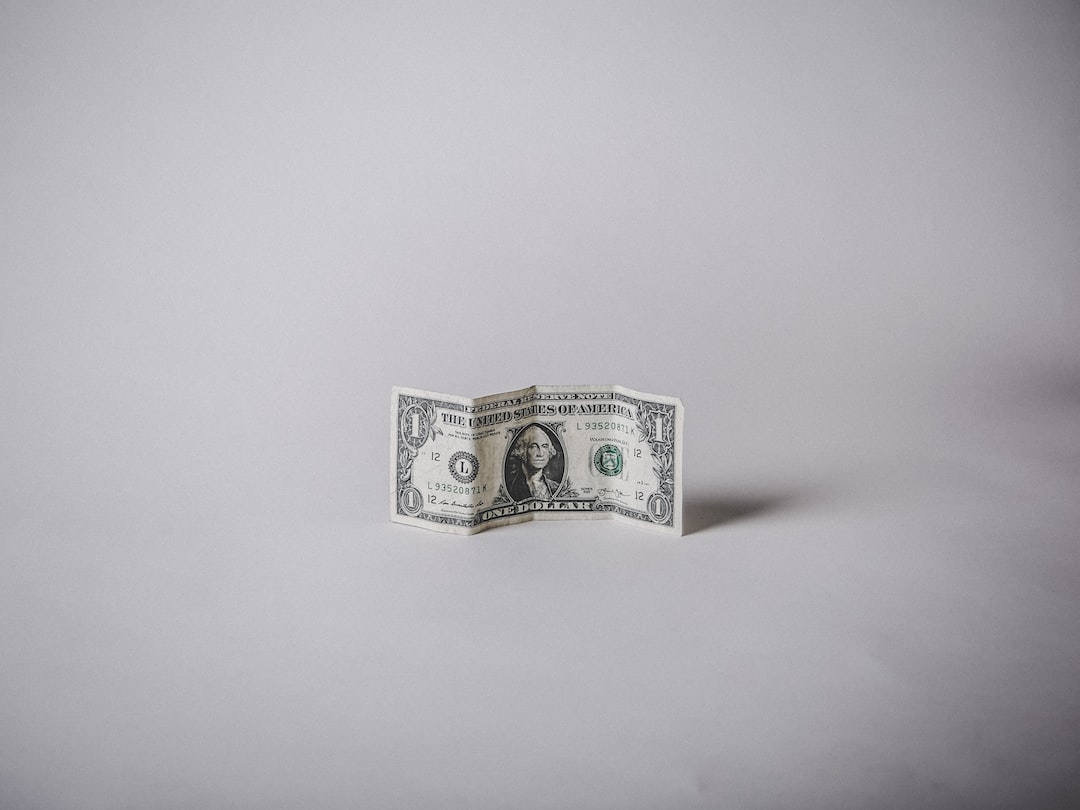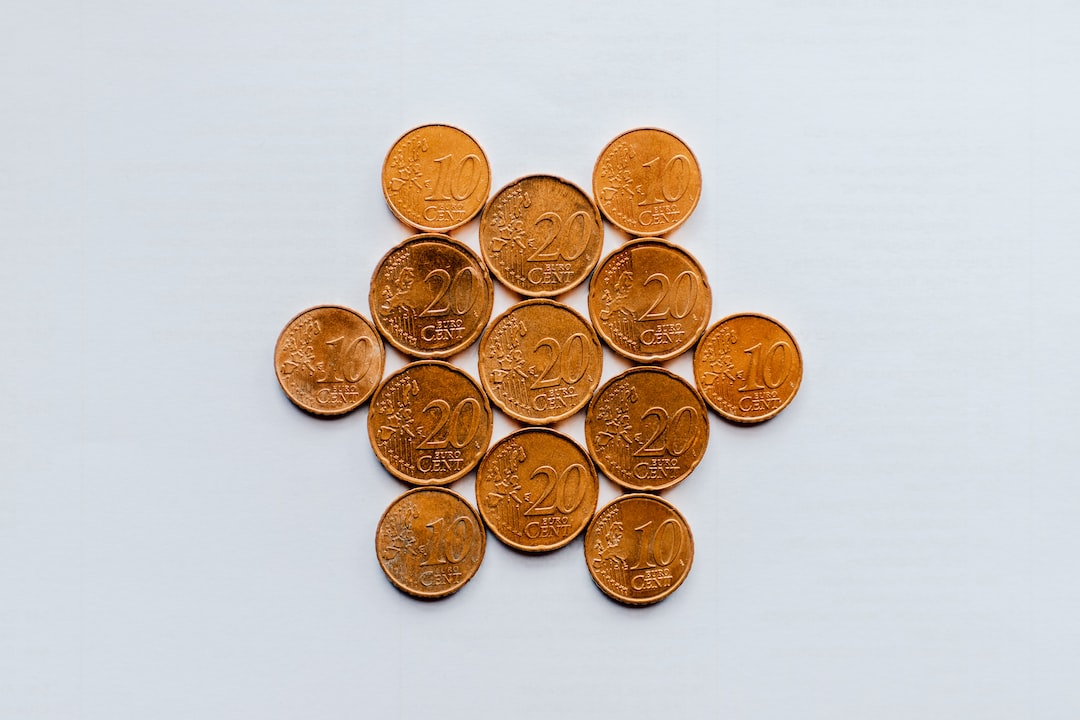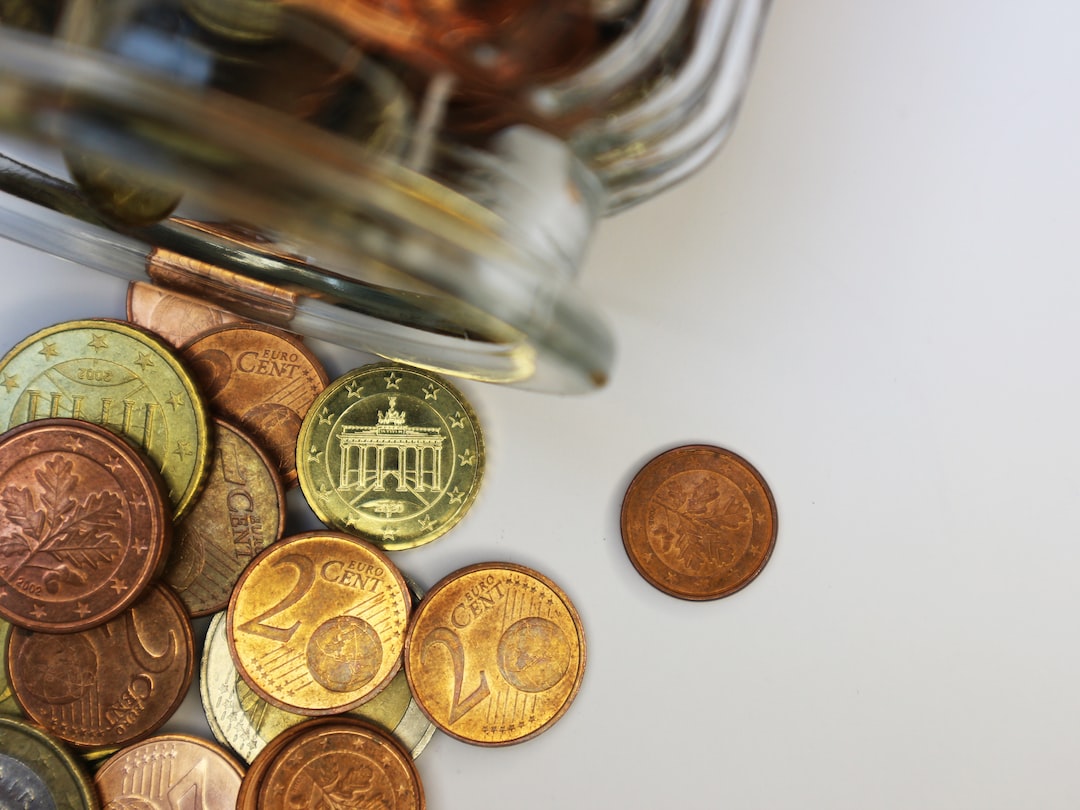The foreign exchange market, or forex, is the largest financial market in the world, with trillions of dollars traded daily. The forex market operates 24 hours a day, five days a week, and consists of a vast array of currency pairs. A currency pair is the quotation of two different currencies, with the value of one currency being expressed in terms of the other. A forex trader can buy or sell a currency pair with the intention of making a profit from the price movement.
There are many currency pairs available to trade in the forex market, but the major 28 forex currency pairs are the most actively traded and most liquid. These pairs account for the majority of forex trading volume and are considered the most important for traders to know.
1. EUR/USD – Euro/US Dollar
The EUR/USD is the most actively traded currency pair in the forex market. The euro is the currency of 19 European Union countries, while the US dollar is the currency of the United States. The EUR/USD is considered a major currency pair because it represents the economies of two of the largest trading blocs in the world.
2. USD/JPY – US Dollar/Japanese Yen
The USD/JPY is the second most actively traded currency pair in the forex market. The US dollar is the currency of the United States, while the Japanese yen is the currency of Japan. The USD/JPY is known for its high liquidity and low volatility.
3. GBP/USD – British Pound/US Dollar
The GBP/USD is the third most actively traded currency pair in the forex market. The British pound is the currency of the United Kingdom, while the US dollar is the currency of the United States. The GBP/USD is also known as the “cable” due to the transatlantic cable that was used to transmit exchange rates between London and New York in the 19th century.
4. USD/CHF – US Dollar/Swiss Franc
The USD/CHF is the fourth most actively traded currency pair in the forex market. The US dollar is the currency of the United States, while the Swiss franc is the currency of Switzerland. The USD/CHF is known for its stability and is often used as a safe haven currency during times of economic uncertainty.
5. USD/CAD – US Dollar/Canadian Dollar
The USD/CAD is the fifth most actively traded currency pair in the forex market. The US dollar is the currency of the United States, while the Canadian dollar is the currency of Canada. The USD/CAD is often influenced by commodity prices, as Canada is a major exporter of oil and other natural resources.
6. AUD/USD – Australian Dollar/US Dollar
The AUD/USD is the sixth most actively traded currency pair in the forex market. The Australian dollar is the currency of Australia, while the US dollar is the currency of the United States. The AUD/USD is often influenced by commodity prices, as Australia is a major exporter of natural resources.
7. NZD/USD – New Zealand Dollar/US Dollar
The NZD/USD is the seventh most actively traded currency pair in the forex market. The New Zealand dollar is the currency of New Zealand, while the US dollar is the currency of the United States. The NZD/USD is often influenced by commodity prices, as New Zealand is a major exporter of dairy products and other natural resources.
8. EUR/GBP – Euro/British Pound
The EUR/GBP is the eighth most actively traded currency pair in the forex market. The euro is the currency of 19 European Union countries, while the British pound is the currency of the United Kingdom. The EUR/GBP is often used by traders as a way to trade the euro against the pound.
9. EUR/CHF – Euro/Swiss Franc
The EUR/CHF is the ninth most actively traded currency pair in the forex market. The euro is the currency of 19 European Union countries, while the Swiss franc is the currency of Switzerland. The EUR/CHF is often used by traders as a way to trade the euro against the franc.
10. EUR/JPY – Euro/Japanese Yen
The EUR/JPY is the tenth most actively traded currency pair in the forex market. The euro is the currency of 19 European Union countries, while the Japanese yen is the currency of Japan. The EUR/JPY is often used by traders as a way to trade the euro against the yen.
11. GBP/JPY – British Pound/Japanese Yen
The GBP/JPY is the eleventh most actively traded currency pair in the forex market. The British pound is the currency of the United Kingdom, while the Japanese yen is the currency of Japan. The GBP/JPY is often used by traders as a way to trade the pound against the yen.
12. AUD/JPY – Australian Dollar/Japanese Yen
The AUD/JPY is the twelfth most actively traded currency pair in the forex market. The Australian dollar is the currency of Australia, while the Japanese yen is the currency of Japan. The AUD/JPY is often used by traders as a way to trade the Australian dollar against the yen.
13. USD/HKD – US Dollar/Hong Kong Dollar
The USD/HKD is the thirteenth most actively traded currency pair in the forex market. The US dollar is the currency of the United States, while the Hong Kong dollar is the currency of Hong Kong. The USD/HKD is often used by traders as a way to trade the US dollar against the Hong Kong dollar.
14. USD/MXN – US Dollar/Mexican Peso
The USD/MXN is the fourteenth most actively traded currency pair in the forex market. The US dollar is the currency of the United States, while the Mexican peso is the currency of Mexico. The USD/MXN is often influenced by political and economic developments in Mexico.
15. USD/SGD – US Dollar/Singapore Dollar
The USD/SGD is the fifteenth most actively traded currency pair in the forex market. The US dollar is the currency of the United States, while the Singapore dollar is the currency of Singapore. The USD/SGD is often used by traders as a way to trade the US dollar against the Singapore dollar.
16. USD/SEK – US Dollar/Swedish Krona
The USD/SEK is the sixteenth most actively traded currency pair in the forex market. The US dollar is the currency of the United States, while the Swedish krona is the currency of Sweden. The USD/SEK is often influenced by economic developments in Sweden.
17. USD/NOK – US Dollar/Norwegian Krone
The USD/NOK is the seventeenth most actively traded currency pair in the forex market. The US dollar is the currency of the United States, while the Norwegian krone is the currency of Norway. The USD/NOK is often influenced by economic developments in Norway.
18. USD/DKK – US Dollar/Danish Krone
The USD/DKK is the eighteenth most actively traded currency pair in the forex market. The US dollar is the currency of the United States, while the Danish krone is the currency of Denmark. The USD/DKK is often influenced by economic developments in Denmark.
19. USD/ZAR – US Dollar/South African Rand
The USD/ZAR is the nineteenth most actively traded currency pair in the forex market. The US dollar is the currency of the United States, while the South African rand is the currency of South Africa. The USD/ZAR is often influenced by political and economic developments in South Africa.
20. USD/HUF – US Dollar/Hungarian Forint
The USD/HUF is the twentieth most actively traded currency pair in the forex market. The US dollar is the currency of the United States, while the Hungarian forint is the currency of Hungary. The USD/HUF is often influenced by economic developments in Hungary.
21. USD/PLN – US Dollar/Polish Zloty
The USD/PLN is the twenty-first most actively traded currency pair in the forex market. The US dollar is the currency of the United States, while the Polish zloty is the currency of Poland. The USD/PLN is often influenced by economic developments in Poland.
22. USD/TRY – US Dollar/Turkish Lira
The USD/TRY is the twenty-second most actively traded currency pair in the forex market. The US dollar is the currency of the United States, while the Turkish lira is the currency of Turkey. The USD/TRY is often influenced by political and economic developments in Turkey.
23. USD/RUB – US Dollar/Russian Ruble
The USD/RUB is the twenty-third most actively traded currency pair in the forex market. The US dollar is the currency of the United States, while the Russian ruble is the currency of Russia. The USD/RUB is often influenced by political and economic developments in Russia.
24. USD/CNH – US Dollar/Chinese Yuan
The USD/CNH is the twenty-fourth most actively traded currency pair in the forex market. The US dollar is the currency of the United States, while the Chinese yuan is the currency of China. The USD/CNH is often used by traders as a way to trade the US dollar against the yuan.
25. USD/INR – US Dollar/Indian Rupee
The USD/INR is the twenty-fifth most actively traded currency pair in the forex market. The US dollar is the currency of the United States, while the Indian rupee is the currency of India. The USD/INR is often influenced by political and economic developments in India.
26. USD/BRL – US Dollar/Brazilian Real
The USD/BRL is the twenty-sixth most actively traded currency pair in the forex market. The US dollar is the currency of the United States, while the Brazilian real is the currency of Brazil. The USD/BRL is often influenced by political and economic developments in Brazil.
27. USD/ARS – US Dollar/Argentine Peso
The USD/ARS is the twenty-seventh most actively traded currency pair in the forex market. The US dollar is the currency of the United States, while the Argentine peso is the currency of Argentina. The USD/ARS is often influenced by political and economic developments in Argentina.
28. USD/COP – US Dollar/Colombian Peso
The USD/COP is the twenty-eighth most actively traded currency pair in the forex market. The US dollar is the currency of the United States, while the Colombian peso is the currency of Colombia. The USD/COP is often influenced by political and economic developments in Colombia.
In conclusion, the major 28 forex currency pairs are the most actively traded and most liquid currency pairs in the forex market. They represent the economies of the largest trading blocs in the world and are the most important for traders to know. Understanding the characteristics and influences of each currency pair can help traders make informed decisions when trading in the forex market.

